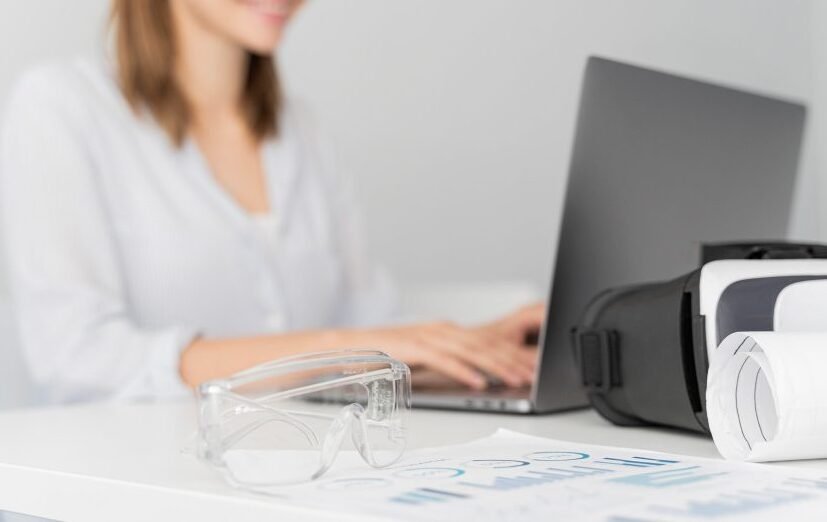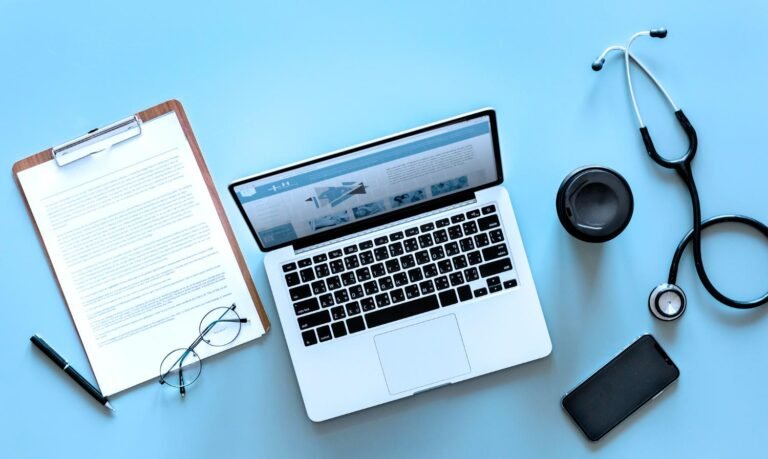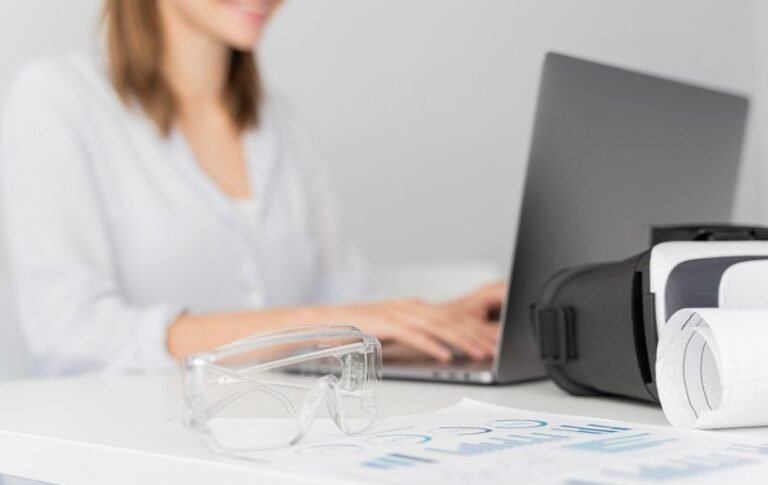Did you know that Anvisa medical device registration is valid for 10 years throughout Brazil? Notifications, however, have no expiration date. In both cases, these processes are essential to help guarantee the safety, quality, and effectiveness of medical products used in healthcare.
Registering a medical device with Anvisa is not just a legal requirement — it’s an indispensable step for anyone who wants to market medical devices in Brazil.
From simple equipment such as thermometers and medical gloves (Risk Class I) to life-support systems (Risk Class IV), all devices must go through either the notification or registration process — the latter may take up to 365 calendar days to complete.
In this article, we’ll focus on the medical device registration process with Anvisa. Soon, we’ll share more about notifications!
Before starting the registration, companies must obtain the Company Operating Authorization (AFE) and, when applicable, the Special Authorization (AE).
Anvisa has also recently updated its Guidance Manual for the Regulation of Medical Equipment and Software as a Medical Device, providing new instructions for manufacturers and importers.
This guide will walk you through the step-by-step process to register a medical device with Anvisa, including required documentation, risk classification, and complementary certifications.
What Is a Medical Device and Why Does It Need to Be Registered?
Anvisa defines a medical device (previously known as a “medical product”) as:
“Any instrument, apparatus, equipment, implant, in vitro diagnostic medical device, software, material, or other article intended by the manufacturer to be used, alone or in combination, on humans for specific medical purposes — such as diagnosis, prevention, monitoring, treatment, or alleviation of disease; diagnosis, monitoring, treatment, or compensation for an injury or disability; investigation, replacement, or modification of the anatomy or physiological or pathological processes; life support or maintenance; control or support of conception; or providing information through in vitro examination of specimens derived from the human body, including organ and tissue donations — and which does not achieve its primary intended action by pharmacological, immunological, or metabolic means, although it may be assisted by such means.”
Examples of Medical Devices
Medical devices include a wide range of products, from the simplest to the most complex. Some common examples are:
- Home-use equipment: thermometers, blood pressure monitors, glucose meters
- Hospital-use products: syringes, surgical gloves, catheters
- Diagnostic equipment: X-ray machines, MRI scanners
- Implantable devices: pacemakers, joint prostheses, dental implants
- Medical software: monitoring apps and clinical decision support systems
All of them share one common feature — they interact with the human body for medical, diagnostic, or therapeutic purposes.
Why Registration Is Essential
Beyond being a legal obligation, Anvisa warns that products marketed without registration do not meet the safety, quality, and performance standards required by health surveillance authorities.
Registering a medical device protects both patients and professionals, while confirming that the device complies with national and international technical standards.
Failure to comply with Anvisa’s regulations may result in fines, registration suspension, or sales prohibition, as established in Law No. 6.437/1977.
Who Can Register a Medical Device with Anvisa
The following entities may apply for Anvisa medical device registration:
- Domestic manufacturers: companies with valid AFE and Operating License (LF) that produce medical devices in Brazil;
- Importers: Brazilian companies authorized to commercialize medical devices manufactured abroad;
- Distributors: when responsible for locally manufactured devices.
In all cases, the company must register in Anvisa’s Solicita System before starting the process.
Required Documents and Authorizations Before Registration

Now that you understand what a medical device is according to Anvisa, let’s move on to the practical part!
Before starting the Anvisa medical device registration process, a company must have the basic operating authorizations in place. Without them, Anvisa will automatically reject the application.
An important detail: for higher-risk medical devices, additional documents are required and must be prepared before submitting the registration request. These are listed right after the step-by-step section.
Operating License (LF)
Issued by the local sanitary surveillance authority (either municipal or state), the Operating License (LF) — also known as the Sanitary License — certifies that the facility complies with all sanitary regulations.
It represents the first step of the regulatory process and is a mandatory prerequisite for obtaining the Company Operating Authorization (AFE).
Company Operating Authorization (AFE)
The Company Operating Authorization (AFE) issued by Anvisa authorizes the company to carry out activities such as manufacturing, distribution, import, or export of medical devices.
To obtain it, the company must have an active CNPJ, a registered security manager in the Solicita System, an inspection report from the local health authority, and proof of payment of the Health Surveillance Inspection Fee (TFVS).
The AFE issued by Anvisa has indefinite validity but may be canceled if the local license is revoked.
Medical Device Classification
Risk classification is an essential step in the regulatory journey with Anvisa.
That’s because it determines the type of administrative procedure required (notification or full registration).
The manufacturer is responsible for classifying the device according to its intended use and level of risk.
Anvisa establishes four risk levels for medical devices:
- Class I: Low Risk. Notification Process.
- Class II: Moderate Risk. Notification Process.
- Class III: High Risk. Registration Process.
- Class IV: High Risk. Registration Process.
The classification considers criteria such as duration of use, invasiveness, and intended purpose, as outlined in RDC 751/2022.
Tip: Having a regulatory consultancy from the start can help you avoid mistakes! Incorrectly classifying a medical device can lead to the rejection of the entire submission — meaning lost time and money.
At Sobel, we carefully analyze your medical device’s risk classification, paying close attention to every detail. That way, you can start the process with greater confidence.
Steps of the Registration Process with Anvisa
After obtaining the necessary authorizations and identifying the risk class, it’s time to begin the registration process!
The steps are:
- Access to the Solicita System: Implemented in 2019, the Solicita System is the electronic platform used to submit petitions and documents to Anvisa.
- Filling out the initial petition: Using the credentials of the security manager (responsible for managing the company’s access to Anvisa’s systems), select Draft → New → Initial Petition. The petition subject code determines the type of application and the required documents. Attention: incorrect completion may invalidate the entire process!
- Submission of technical documentation: Attach all required documents according to Anvisa’s checklist for the selected subject code. Here, biocompatibility tests and clinical evaluations may be required. Missing documents can lead to immediate rejection of the petition.
- Payment of the inspection fee: Generate the Guia de Recolhimento da União (GRU) through the Solicita System. The amount depends on the company’s size and type of request — and this is another stage where having a regulatory consultancy like Sobel makes all the difference, helping you save time and costs!
Once payment is made, Anvisa begins the technical review. The evaluation period can range from 180 to 365 calendar days, depending on the device’s type and complexity — remembering that this applies to registration, not notification!
Additional Certifications for Higher-Risk Products
As mentioned earlier, Class III and IV devices require additional certifications to ensure safety and quality control.
Good Manufacturing Practices Certification (CBPF)
Issued by Anvisa and valid for two years, the CBPF confirms that the manufacturer complies with Good Manufacturing Practices requirements (RDC 665/2022).
The registration review is only concluded after the certificate is published in the Diário Oficial da União.
Companies certified under the Medical Device Single Audit Program (MDSAP) may use their international certificate as equivalent evidence, and in this case, the document is valid for four years (RDC 850/2024).
Clinical Studies and Technical Reports
According to RDC 837/2023, high-risk devices may require clinical investigations. Anvisa maintains a public database of authorized studies and their research centers.
Inmetro Certification
Some equipment can only be registered after receiving mandatory Inmetro certification, as required by RDC 549/2021 and IN 283/2024.
The process is carried out by accredited Product Certification Bodies (OCPs) and must remain valid throughout the registration period.
How to Make the Anvisa Registration Process Easier?
As you’ve seen, registering a product with Anvisa is a complex process that demands preparation, technical documentation, and attention to every detail!
That’s why the best way to simplify your registration is to rely on specialists by your side — and that’s exactly what Sobel does!
Our experts have over 20 years of experience in regulatory consulting for Anvisa. We know which aspects are most closely reviewed and work proactively to make your product registration more robust, increasing its chances of approval.
From device classification to technical dossier preparation, protocol submission in the Solicita System, and requirement management with Anvisa, Sobel handles every step for you.
Having Sobel by your side is the safest and most efficient way to turn a complex process into a smooth journey toward an approved registration.
Anvisa Registration
Registering a medical device with Anvisa is an essential step to ensure it reaches the Brazilian market safely and in compliance with national regulations.
This process involves multiple stages — from obtaining the Company Operating Authorization (AFE) and Operating License (LF) to submitting technical documentation and specific certifications.
Recent regulatory updates, such as RDC 777/2023, have modernized the framework and facilitated alignment with international standards.
Final tip: Before starting the process, review your product classification and verify whether it requires Inmetro certification.
Proper document preparation is the first step to ensure that your registration with Anvisa proceeds smoothly and without setbacks!
FAQs
1. What is the validity period of a medical device registration with Anvisa?
The registration is valid for 10 years throughout the national territory.
2. What are the risk classes and how do they affect the process?
Risk classes range from I (low risk) to IV (high risk).
Products in Classes I and II follow a simplified notification process, while Classes III and IV require full registration and additional certifications.
3. Which documents are required before registration?
It is mandatory to have a valid Operating License (LF) and Company Operating Authorization (AFE). For higher-risk classes, additional documents may be required.
4. How is the inspection fee paid?
The fee is generated through the Solicita System and can be paid via the traditional GRU or PIX.
5. What additional certifications are required for higher-risk products?
These include CBPF, clinical studies, biocompatibility tests (when applicable), and, in certain cases, Inmetro certification.




